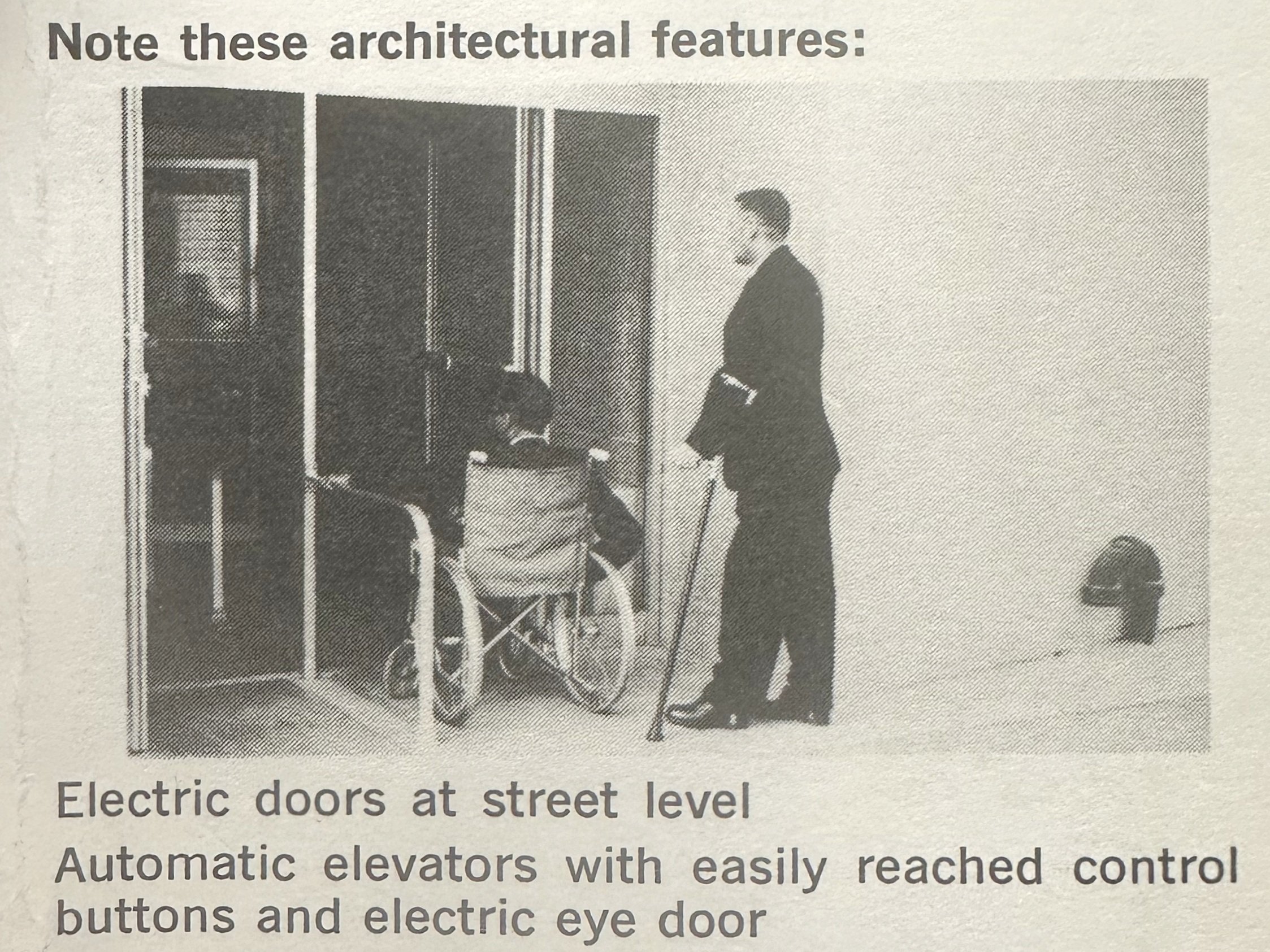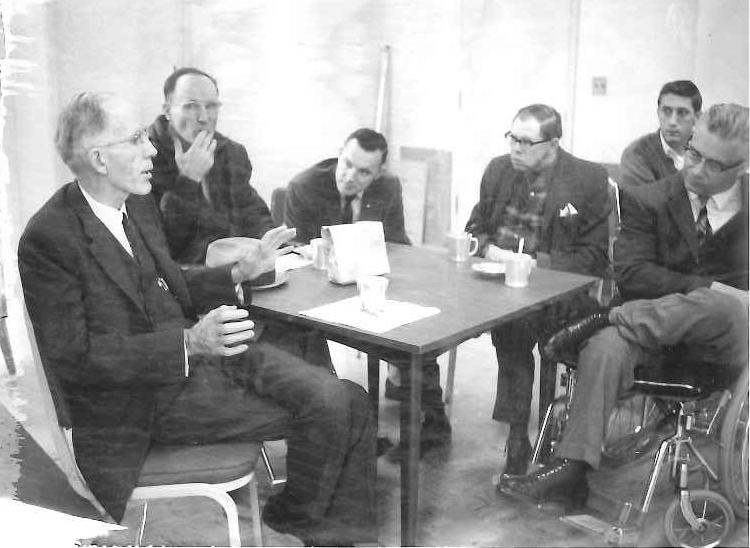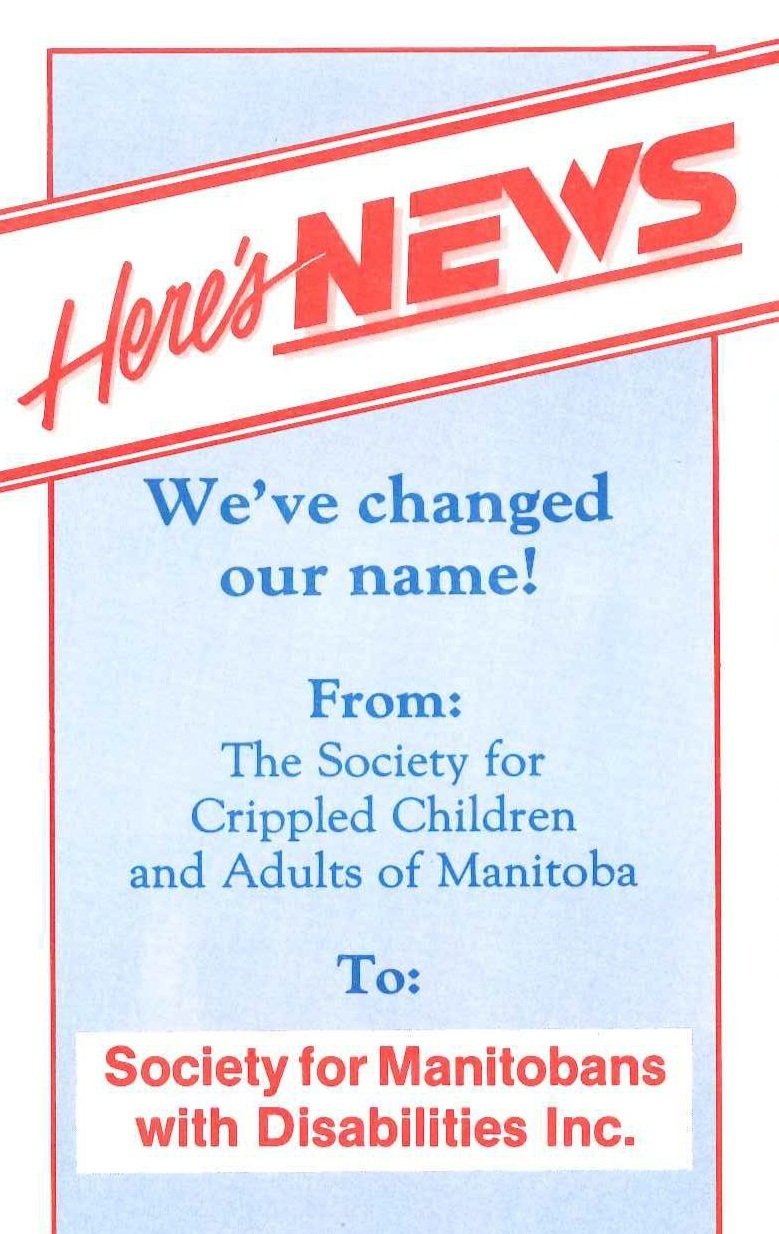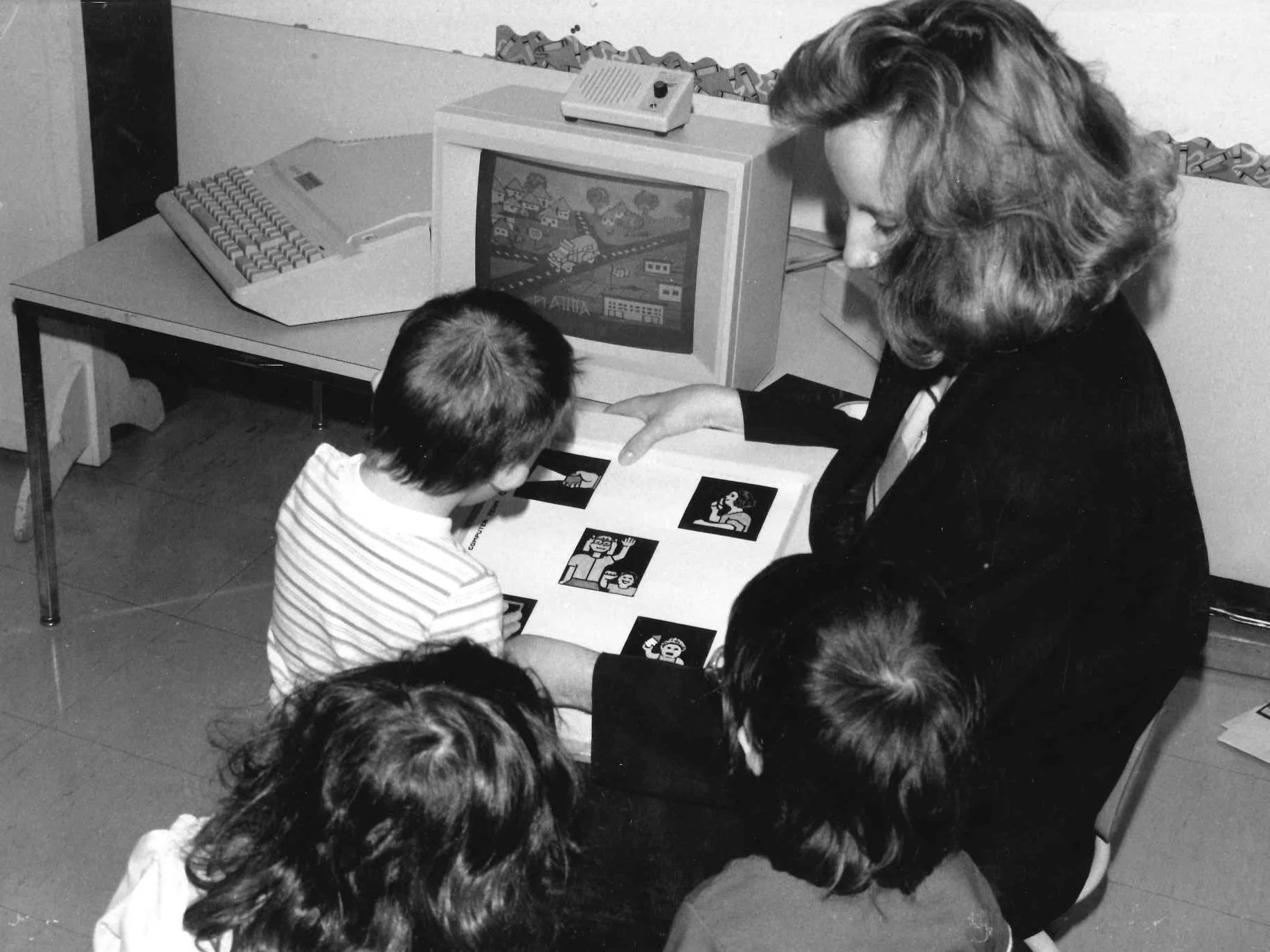
Our History
1950s
Founded in 1950 as the Society for Crippled Children, we quickly expanded to serve all ages, introducing wheelchair services, ‘Lakeside Fresh Air Camp’ near Gimli, the ‘Industrial Workshop for Employment Training’, and services for Deaf individuals—programs that continue in various forms today.
1960s
In 1963, the society moved into a state-of-the-art facility at 825 Sherbrook Street. ‘The Kinsmen Centre for the Handicapped’ paved the way for expansion of our speech-language services for Deaf preschoolers. In the mid-1960s we provided services to 2,200 Manitobans with disabilities.
1970s
In 1971 we opened our first regional office in Brandon as a preschool program pilot project with one rehabilitation counsellor. In Winnipeg, we expanded our therapy services to include children with intellectual disabilities. By 1975, therapists started visiting children in their homes, marking the beginnings of our community-based services.
1980s
In 1985, we rebranded as the Society for Manitobans with Disabilities and expanded our reach, opening in Dauphin, Thompson, and Steinbach. Our employment preparation programs guaranteed minimum wage and began providing support to both employers and clients on work placements. By the late 1980s, we transitioned from the sheltered workshop model to focus on community-based evaluation and training.
1990s
In the 1990s we founded our Ethno-Cultural Program—now named Newcomer Navigation and Support. Wheelchair services expanded to include lightweight wheelchairs. Residential camping at Lakeside Fresh Air Camp transitioned to integrated community-based camping, rapidly expanding outreach programs across the province.
2000s
The province’s first Easter Seals Drop Zone was held in 2005, close to 1,000 rappellers have raised nearly $2-million since. We launched our social enterprise initiatives with the Mobile Vision Care Clinic, followed by Clean Ventures, and now, Care Possible.
2010s
In 2015 our childrens programs moved to Specialized Services for Children and Youth (SSCY) at 1155 Notre Dame Ave in Winnipeg. Shortly after, we began serving Indigenous children in their home communities through Jordan’s Principle.
Now
In 2020, we became Manitoba Possible. Driven by our mission of an inclusive and accessible society for all, serving 75,000 Manitobans with disabilities through three Winnipeg locations and six regional offices throughout the province.





















